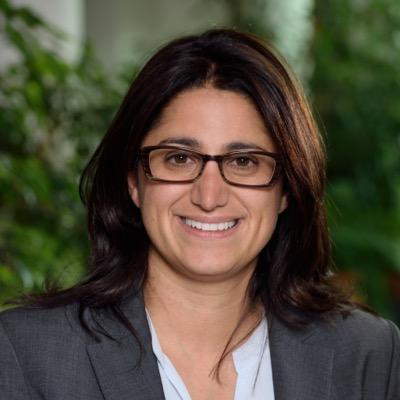
FLINT, Michigan — Dr. Mona Hanna-Attisha an Iraqi immigrant, is being credited for blowing the whistle on the Flint water crisis.
Her friend was a water expert who had worked for the Environmental Protection Agency when the District of Columbia encountered similar issues there more than a decade ago.
When she told Hanna-Attisha that she had heard the city of Flint wasn’t doing “corrosion control” to prevent lead in aging pipes from leaching into the water supply, the doctor didn’t need to be told twice about the gravity of the potential consequences.
Through her work, Hanna-Attisha already had heard complaints from Flint residents since officials switched the city’s water supply from Lake Huron to the dirty Flint River in April 2014 as a cost-cutting measure.
The water was brown, and it smelled and tasted bad. Residents reported developing rashes and eye irritations, and had been advised to boil their water because of the presence of E. coli.
The prospect of lead in the water made her realize urgent action was needed. Her response, she said, was to undertake “the easiest research project I’ve ever done.”
The hospital routinely screened children — who are most vulnerable to lead exposure — at ages 1 and 2 for the substance, monitoring levels among infants who may have ingested the neurotoxin through eating paint chips in their homes, for example.
Her research involved comparing the lead levels in samples taken before and after the switch in the water supply.
What she found was incontrovertible. The percentage of children in Flint with lead poisoning had doubled.
Having uncovered the shocking data, Hanna- Attisha took the unconventional step of sharing the findings at a September press conference, flanked by medical colleagues.
Unfortunately, at that time, she was labeled an “unfortunate researcher” and was accused of causing hysteria.
Through her work, Hanna-Attisha already had heard complaints from Flint residents since officials switched the city’s water supply from Lake Huron to the dirty Flint River in April 2014 as a cost-cutting measure.
The water was brown, and it smelled and tasted bad. Residents reported developing rashes and eye irritations, and had been advised to boil their water because of the presence of E. coli.
The prospect of lead in the water made her realize urgent action was needed. Her response, she said, was to undertake “the easiest research project I’ve ever done.”
The hospital routinely screened children — who are most vulnerable to lead exposure — at ages 1 and 2 for the substance, monitoring levels among infants who may have ingested the neurotoxin through eating paint chips in their homes, for example.
Her research involved comparing the lead levels in samples taken before and after the switch in the water supply.
What she found was incontrovertible. The percentage of children in Flint with lead poisoning had doubled.
Having uncovered the shocking data, Hanna- Attisha took the unconventional step of sharing the findings at a September press conference, flanked by medical colleagues.
Unfortunately, at that time, she was labeled an “unfortunate researcher” and was accused of causing hysteria.






Leave a Reply